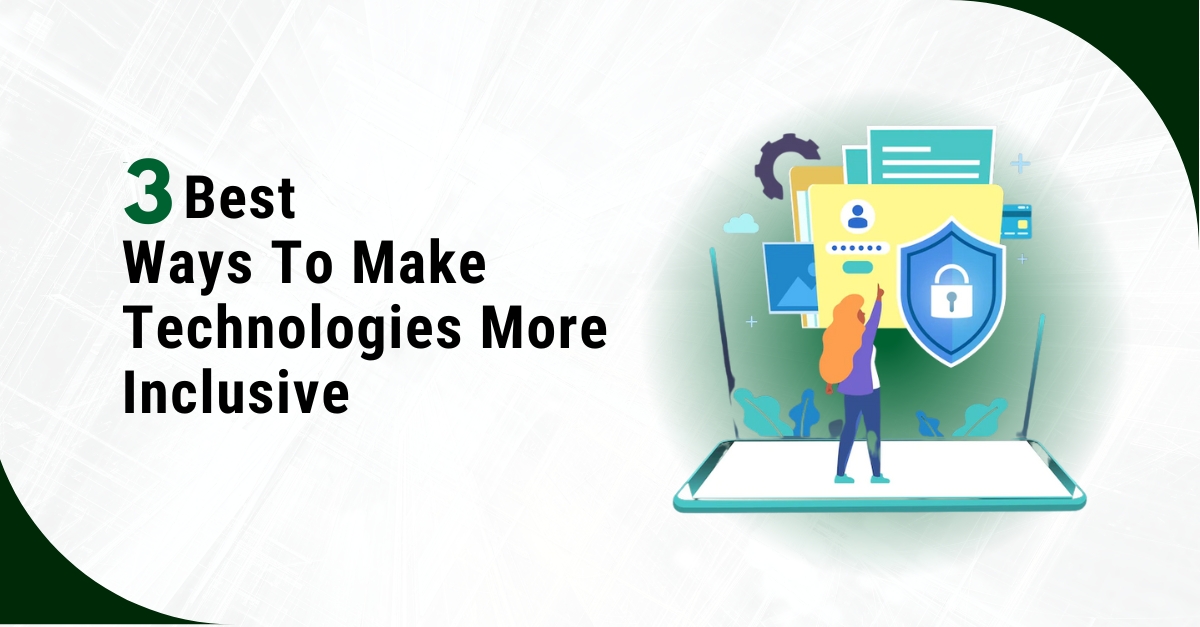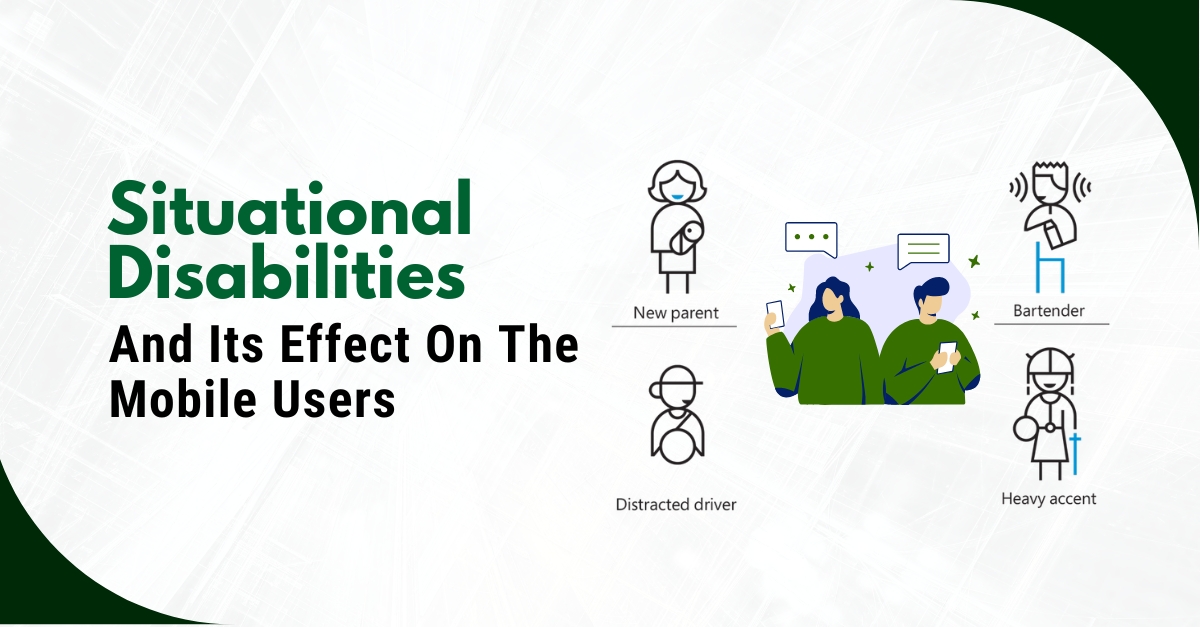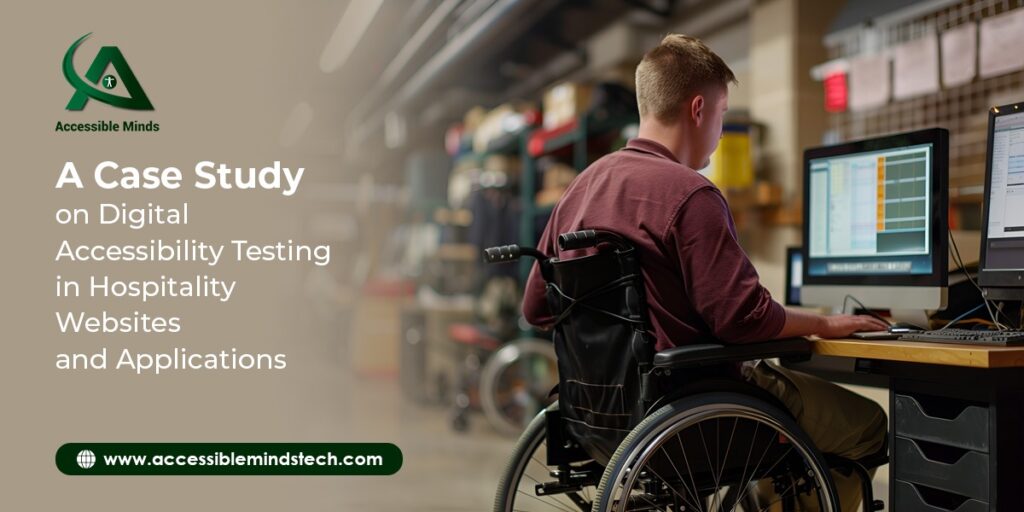In a rapidly evolving digital realm, ensuring that digital products and services are accessible to all users, including those with disabilities, is more crucial than ever. Digital accessibility testing services have become an integral part of the software development process, and emerging technologies are constantly reshaping how it is conducted. One such technology that is reshaping accessibility testing is voice assistants. In this article, we will explore the future of voice assistants in accessibility testing and how they are revolutionizing the way we ensure digital inclusion.
The Current State of Accessibility Testing
Accessibility testing is the process of evaluating a digital product to ensure that it can be used by individuals with disabilities, such as those with visual, auditory, or motor impairments. Traditional accessibility testing methods involve the use of screen readers, keyboard navigation, and other assistive technologies to identify issues and provide recommendations for improvement.
While these methods are effective, they can be time-consuming and require specialized expertise. As technology continues to advance, it is essential for accessibility testing to evolve as well to keep pace with the changing digital world.
The Rise of Voice Assistants
Voice assistants, such as Amazon’s Alexa, Apple’s Siri, and Google Assistant, have gained widespread popularity in recent years. These intelligent digital companions have found their way into our homes, smartphones, and even our cars. Their primary function is to understand and respond to natural language voice commands, making them a powerful tool for digital accessibility testing.
How Voice Assistants are Changing Accessibility Testing
1. Hands-Free Testing
Voice assistants allow users to interact with digital interfaces without the need for traditional input methods like a keyboard or mouse. This hands-free approach is particularly beneficial for individuals with mobility impairments, as it provides an alternative means to navigate and interact with digital products. Testers can use voice commands to explore websites, applications, and other digital content, simulating the experience of users who rely on voice controls.
2. Simulating User Experiences
Voice assistants can simulate how users with disabilities interact with digital products. For example, testers can use voice commands to navigate a website, fill out forms, or access content, all while using a screen reader to provide real-time feedback. This realistic simulation helps uncover accessibility issues that might be missed through manual testing or automated tools alone.
3. Identifying Voice Recognition Challenges
As voice recognition technology continues to improve, it’s essential to ensure that digital products are compatible with a wide range of accents, speech patterns, and languages. Voice assistants can help testers identify potential challenges and discrepancies in how voice commands are interpreted. This is crucial for providing an inclusive experience for all users.
4. Efficient Testing
Voice assistants can streamline the digital accessibility testing services, making them more efficient and cost-effective. Testers can quickly identify issues and provide developers with valuable feedback, which can lead to faster remediation of accessibility problems.
Challenges and Considerations
While the integration of voice assistants in accessibility testing presents numerous benefits, it’s essential to address some challenges and considerations:
1. Accuracy and Consistency
Voice recognition technology is continually evolving, but it is not without its limitations. Testers must consider the accuracy and consistency of voice assistants, as misinterpretations of commands can lead to false-positive accessibility issues. Careful validation and cross-checking are required to ensure the reliability of results.
2. Privacy and Data Security
Using voice assistants in accessibility testing may raise concerns about privacy and data security. Testers must take appropriate measures to protect sensitive information and user data during the testing process.
3. Technical Expertise
While voice assistants are user-friendly for many people, they still require some technical expertise to set up and use effectively in digital accessibility testing. Testers may need training to become proficient in using voice assistants as part of their testing toolkit.
The Future of Voice Assistants in Accessibility Testing
As voice assistants continue to advance, their role in accessibility testing is expected to expand. Here are some trends and developments that we can anticipate:
- Enhanced Voice Recognition- Voice assistants will become even more proficient at recognizing a wide range of accents, languages, and speech patterns, making them more reliable for testing across diverse user groups.
- Integration with Testing Tools- Accessibility testing tools and platforms will increasingly integrate voice assistants into their workflows, making it easier for testers to incorporate voice testing into their processes.
- Automated Accessibility Testing- Voice assistants may be used to enhance automated accessibility testing by simulating user interactions and identifying issues that automated tools might miss.
- Increased Adoption- The use of voice assistants in accessibility testing is likely to become more commonplace as organizations recognize the benefits they offer in ensuring digital inclusion.
- Regulatory Requirements- With the growing importance of digital accessibility and evolving regulations, the use of voice assistants in accessibility testing may become a requirement for compliance in the future.
Visually Impaired Users Contribution in Accessibility Testing
The invaluable perspective of visually impaired users is a driving force in shaping a more inclusive digital realm. Their unique insights, gained through using screen readers and other assistive technologies, play a crucial role in uncovering potential barriers for individuals with visual impairments. By incorporating their experiences into accessibility testing, we not only ensure that digital products and services are compliant with accessibility standards but also create a more user-centric and welcoming online environment for all. This collaboration between visually impaired users and voice assistants in testing workflows promises a future where digital accessibility becomes a hallmark of inclusivity and usability.
Conclusion
The future of voice assistants in digital accessibility testing service holds great promise. These intelligent tools have the potential to revolutionize how we ensure digital products are inclusive and usable by everyone, regardless of their abilities. With ongoing advancements in voice recognition technology and the increasing adoption of voice assistants in testing workflows, we can expect a more accessible digital landscape for all. As technology continues to evolve, the collaboration between assistive technologies like voice assistants and accessibility testing will play a pivotal role in creating a more inclusive digital world.







